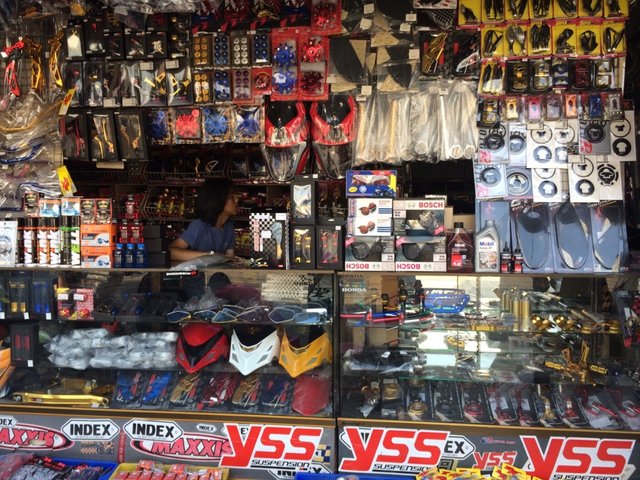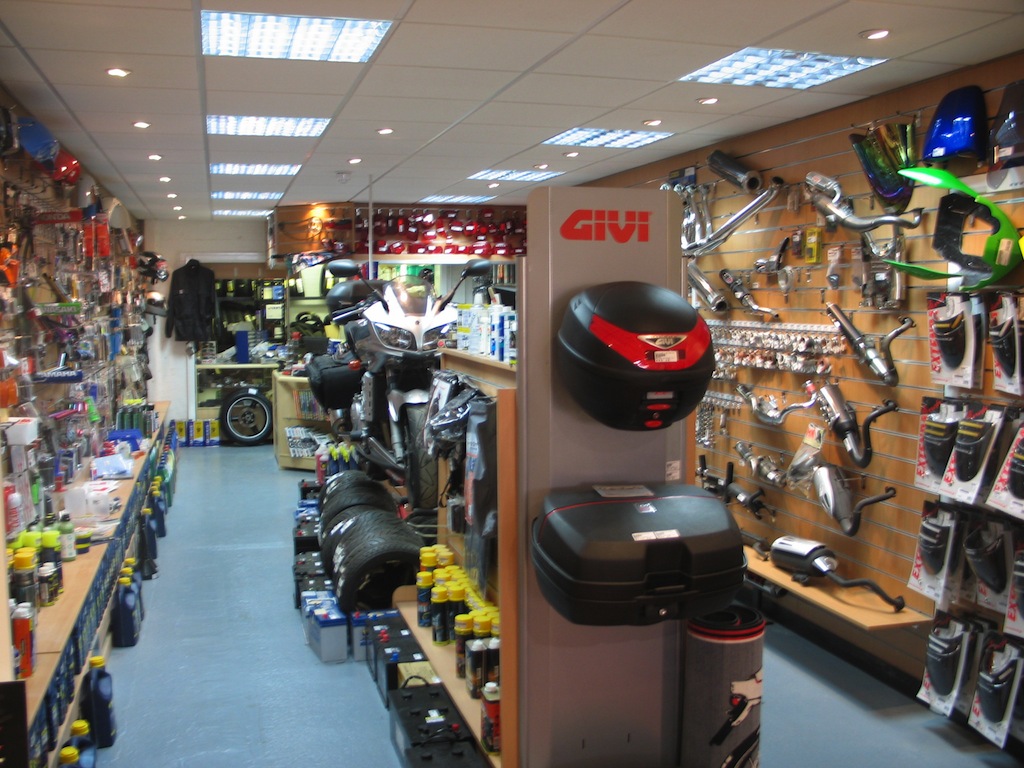A Detailed Check Out Motorcycle Parts: What Every Biker Ought To Know
A comprehensive understanding of motorcycle components is not simply helpful yet important for any type of cyclist intending to make best use of efficiency and safety and security. Each component, from the engine's complex functions to the reliability of brake systems, plays a pivotal function in the overall experience and functionality of the bike. Past just understanding what these components do, it is crucial to appreciate exactly how they communicate and support one another. This interconnectedness can make the difference between a smooth experience and unexpected issues. What details lie within this mechanical harmony that every biker should grasp?
Understanding the Engine
The engine, usually considered as the heart of a motorcycle, is a complicated assembly of parts that work in harmony to transform fuel into movement. At its core, the engine's main feature entails the burning process, where air and fuel mix and ignite within the cylinders, causing controlled explosions that drive the pistons. These pistons move up and down, converting chemical power into power, which subsequently turns the crankshaft, inevitably powering the bike.

Understanding the intricacies of a motorcycle engine is crucial for riders and fanatics alike. It not just supplies understanding into how motorcycles attain their remarkable power and rate but also help in effective upkeep and troubleshooting, guaranteeing durability and dependability when traveling.
Suspension Equipments
While the engine powers the motorbike, the shock absorber plays a vital duty in ensuring a controlled and smooth adventure. The shock absorber is accountable for absorbing shocks from the roadway surface area, keeping tire call, and offering stability during cornering and braking. It comprises two main parts: the front forks and the rear shock absorbers.
Front forks are usually telescopic, including a springtime and dampening device. The spring prolongs and compresses to absorb bumps, while the moistening mechanism controls the movement to protect against excessive bouncing. This combination makes certain the front wheel stays in call with the road, offering premium handling and convenience.
The rear suspension, normally a monoshock or twin-shock setup, works likewise to the front suspension but is customized to support the motorbike's weight and rider - motocross gear. It handles rear wheel activity, adding to the bike's total balance and responsiveness
Shock absorber can be flexible, enabling bikers to fine-tune preload, compression, and rebound setups according to personal preferences and riding problems. This adjustability improves performance by maximizing the motorbike's communication with varied terrains. In summary, an efficient suspension system is crucial for biker convenience, safety and security, and the motorcycle's managing expertise.
Brake Parts
Quiting power is a fundamental element of motorbike my blog safety, and it rests on the effectiveness of the brake components. The key aspects of a bike's stopping system consist of the brake pads, calipers, blades, and master cylinder. mx parts nz. Each of these elements plays a critical function in ensuring efficient braking efficiency
Brake pads are crucial as they develop the needed friction versus the blades to slow down or stop the bike. Constructed from materials such as sintered metal or natural composites, the option of brake pad material substantially affects efficiency and long life. Calipers, real estate the brake pads, use stress to the pads when the brake bar is engaged, promoting contact with the blades.
The rotors, generally made from stainless steel or actors iron, are placed to the wheels and act as the surface area versus which the brake pads press. Their style, consisting of size and density, influences heat dissipation and quiting power. The master cyndrical tube, linked to the brake bar, produces hydraulic pressure transmitted through brake lines to the calipers, guaranteeing regular braking force.
Routine upkeep and evaluation of these parts are important for optimum efficiency, avoiding wear and making certain cyclist safety when traveling.
Tire Basics
Beyond maintaining robust braking systems, making sure optimal tire performance is just as substantial for motorcycle safety and effectiveness. Tires are the single contact point between the bike and the roadway, making their condition essential in taking care of, stability, and overall experience quality. Choosing the ideal tire type is vital, as it straight influences traction and performance. Options vary from visiting to sport tires, each made to fit certain riding problems and designs.

Furthermore, think about the tire's age. Rubber compounds weaken gradually, even if tread shows up appropriate. Check the sidewall for the DOT (Division of Transport) code to establish the tire's age. Commonly, substitute is recommended every five years, no matter wear. Investing focus in these tire basics not only optimizes performance but also dramatically boosts riding security.
Electrical Systems
In the world of motorbike maintenance, the electrical system plays a crucial duty in guaranteeing trustworthy efficiency and biker security. This complex network encompasses vital elements such as the battery, generator, starter electric motor, and wiring harness. Each component is essential for the seamless procedure of the additional info motorcycle, from ignition to lights and interaction with various sensing units.
The battery works as the heart of the electrical system, offering the necessary power to start the engine and operate devices. On a regular basis inspecting the battery's voltage and terminals for corrosion is critical to avoid unanticipated failings. The alternator, on the other hand, recharges the battery while the engine is running, ensuring a continuous power supply.
To preserve it, riders ought to pay interest to any kind of uncommon noises or difficulties throughout start-up. Guaranteeing that the cables are free and undamaged from damage is crucial for making sure and preventing short circuits capability.
Final Thought

Stopping power is an essential facet of motorcycle security, and it hinges on the performance of the brake elements. The main components of a motorbike's braking system consist of the brake pads, calipers, blades, and master cylinder.Brake pads are necessary as they produce the required rubbing versus the blades to slow down or quit the motorbike.Beyond preserving robust braking systems, guaranteeing ideal tire performance is equally considerable for motorbike safety and security and effectiveness.In the world of motorcycle maintenance, the electrical system plays an important role in making certain trustworthy efficiency and rider security.